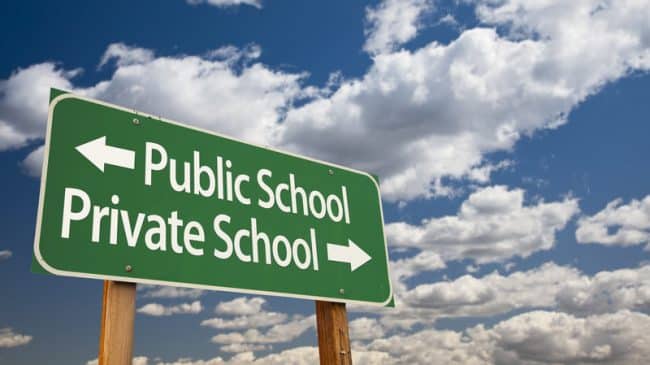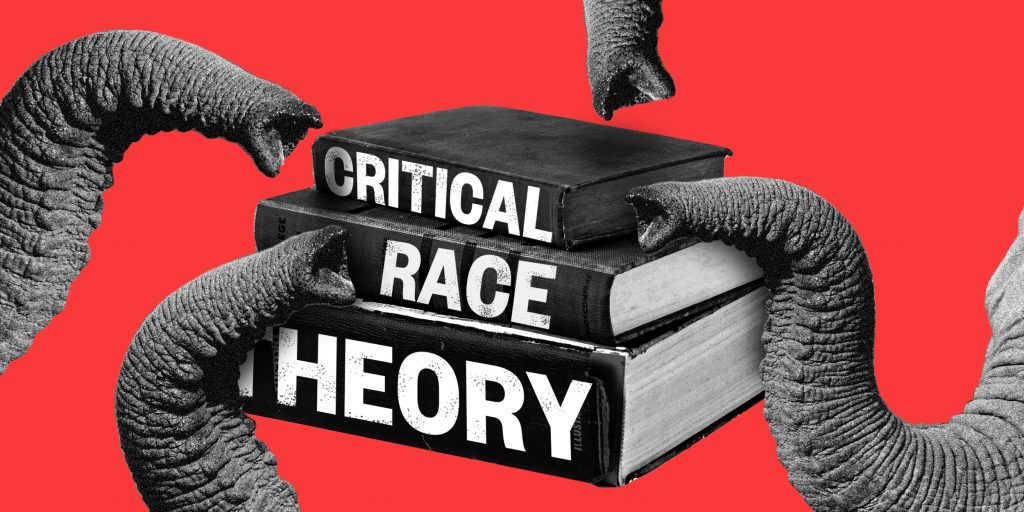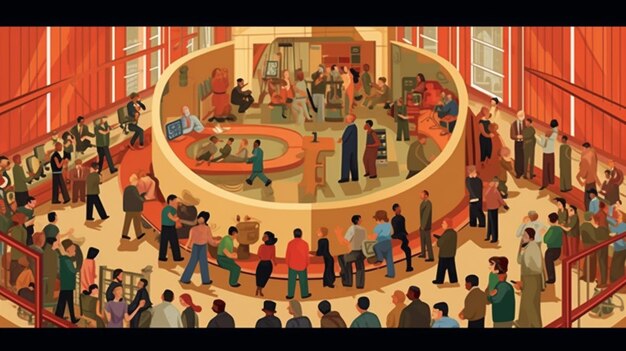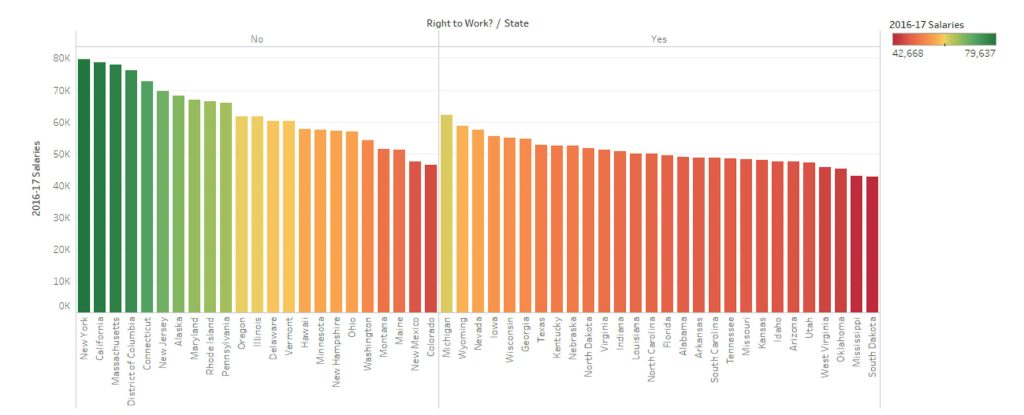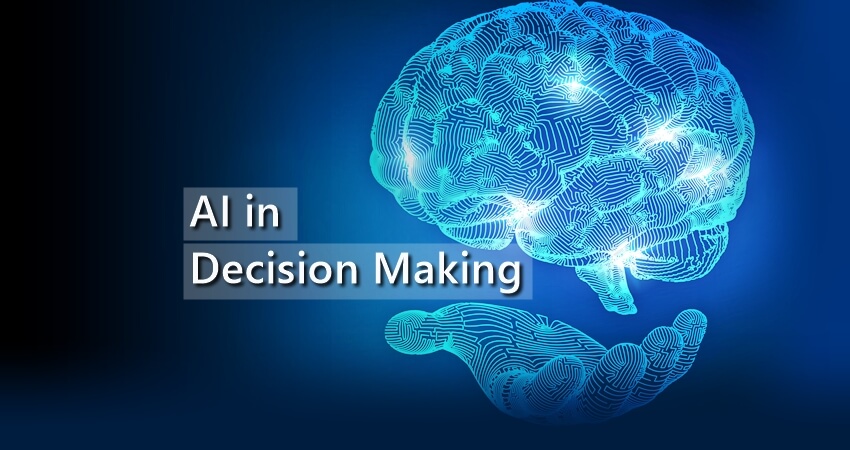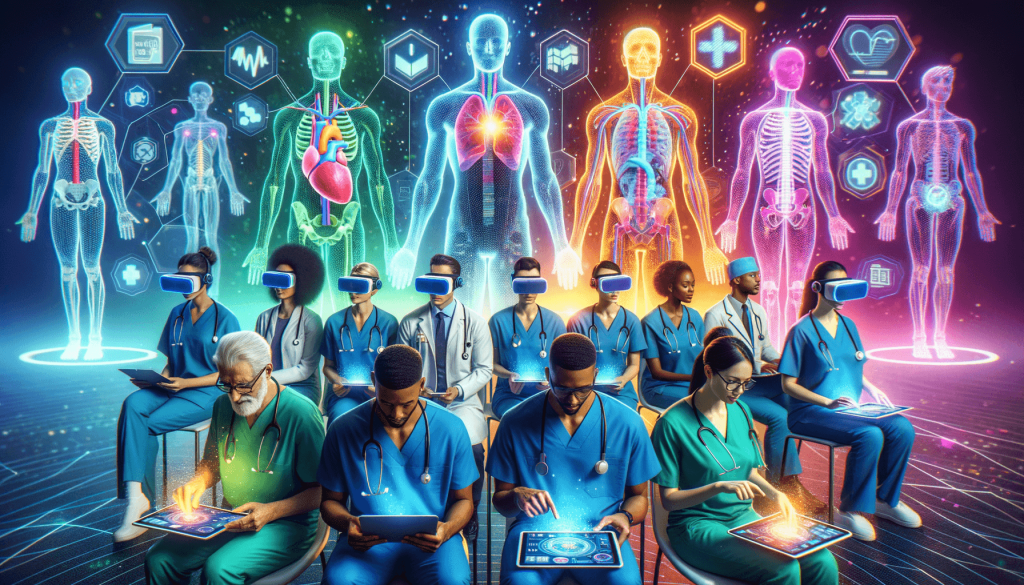In recent years, the landscape of education in the United States has been undergoing a significant transformation, with school choice emerging as a central theme in educational policy discussions. Among the various options available, charter schools have gained considerable traction and become a prominent trend in the school choice movement.
Charter schools are publicly funded institutions that operate independently from traditional public school systems. They have the freedom to innovate in their curriculum, teaching methods, and overall approach to education, while still being held accountable for academic results and fiscal practices. This unique position has made charter schools an attractive option for many families seeking alternatives to conventional public schools.
One of the key factors driving the growth of charter schools is their ability to cater to specific educational needs and preferences. Many charter schools focus on particular areas such as STEM (Science, Technology, Engineering, and Mathematics), arts, or language immersion programs. This specialization allows parents to choose schools that align with their children’s interests and learning styles, potentially leading to more engaged and motivated students.
Another trend contributing to the rise of charter schools is their emphasis on accountability and performance. Charter schools operate under contracts, or “charters,” that outline specific academic and operational goals. If these goals are not met, the school may face closure or restructuring. This accountability model has appealed to many parents and policymakers who believe it leads to higher educational standards and improved student outcomes.
The flexibility of charter schools has also allowed for innovative approaches to education. Many charter schools have implemented extended school days or years, personalized learning plans, and project-based curricula. These approaches aim to address the diverse needs of students and prepare them for the challenges of the 21st century workforce.
However, the growth of charter schools has not been without controversy. Critics argue that charter schools divert resources from traditional public schools and may contribute to increased segregation. There are also concerns about the varying quality of charter schools and the potential for mismanagement in some cases.
Despite these challenges, the trend towards charter schools continues to gain momentum. According to the National Alliance for Public Charter Schools, enrollment in charter schools has more than tripled over the past 15 years, with over 3.3 million students attending charter schools in the 2019-2020 school year.
As the debate over school choice continues, it’s clear that charter schools will remain a significant part of the educational landscape. Policymakers, educators, and parents alike are closely watching the outcomes of this experiment in educational innovation, seeking to understand its long-term impacts on student achievement, educational equity, and the overall quality of public education in America.
The rise of charter schools represents just one facet of the broader school choice movement. As we continue to explore this topic, we’ll delve into other trends shaping the future of education, including voucher programs, magnet schools, and the impact of technology on educational options.
In recent years, the landscape of education in the United States has been undergoing a significant transformation, with school choice emerging as a central theme in educational policy discussions. Among the various options available, charter schools have gained considerable traction and become a prominent trend in the school choice movement.
Charter schools are publicly funded institutions that operate independently from traditional public school systems. They have the freedom to innovate in their curriculum, teaching methods, and overall approach to education, while still being held accountable for academic results and fiscal practices. This unique position has made charter schools an attractive option for many families seeking alternatives to conventional public schools.
One of the key factors driving the growth of charter schools is their ability to cater to specific educational needs and preferences. Many charter schools focus on particular areas such as STEM (Science, Technology, Engineering, and Mathematics), arts, or language immersion programs. This specialization allows parents to choose schools that align with their children’s interests and learning styles, potentially leading to more engaged and motivated students.
Another trend contributing to the rise of charter schools is their emphasis on accountability and performance. Charter schools operate under contracts, or “charters,” that outline specific academic and operational goals. If these goals are not met, the school may face closure or restructuring. This accountability model has appealed to many parents and policymakers who believe it leads to higher educational standards and improved student outcomes.
The flexibility of charter schools has also allowed for innovative approaches to education. Many charter schools have implemented extended school days or years, personalized learning plans, and project-based curricula. These approaches aim to address the diverse needs of students and prepare them for the challenges of the 21st century workforce.
However, the growth of charter schools has not been without controversy. Critics argue that charter schools divert resources from traditional public schools and may contribute to increased segregation. There are also concerns about the varying quality of charter schools and the potential for mismanagement in some cases.
Despite these challenges, the trend towards charter schools continues to gain momentum. According to the National Alliance for Public Charter Schools, enrollment in charter schools has more than tripled over the past 15 years, with over 3.3 million students attending charter schools in the 2019-2020 school year.
As the debate over school choice continues, it’s clear that charter schools will remain a significant part of the educational landscape. Policymakers, educators, and parents alike are closely watching the outcomes of this experiment in educational innovation, seeking to understand its long-term impacts on student achievement, educational equity, and the overall quality of public education in America.
The rise of charter schools represents just one facet of the broader school choice movement. As we continue to explore this topic, we’ll delve into other trends shaping the future of education, including voucher programs, magnet schools, and the impact of technology on educational options.
